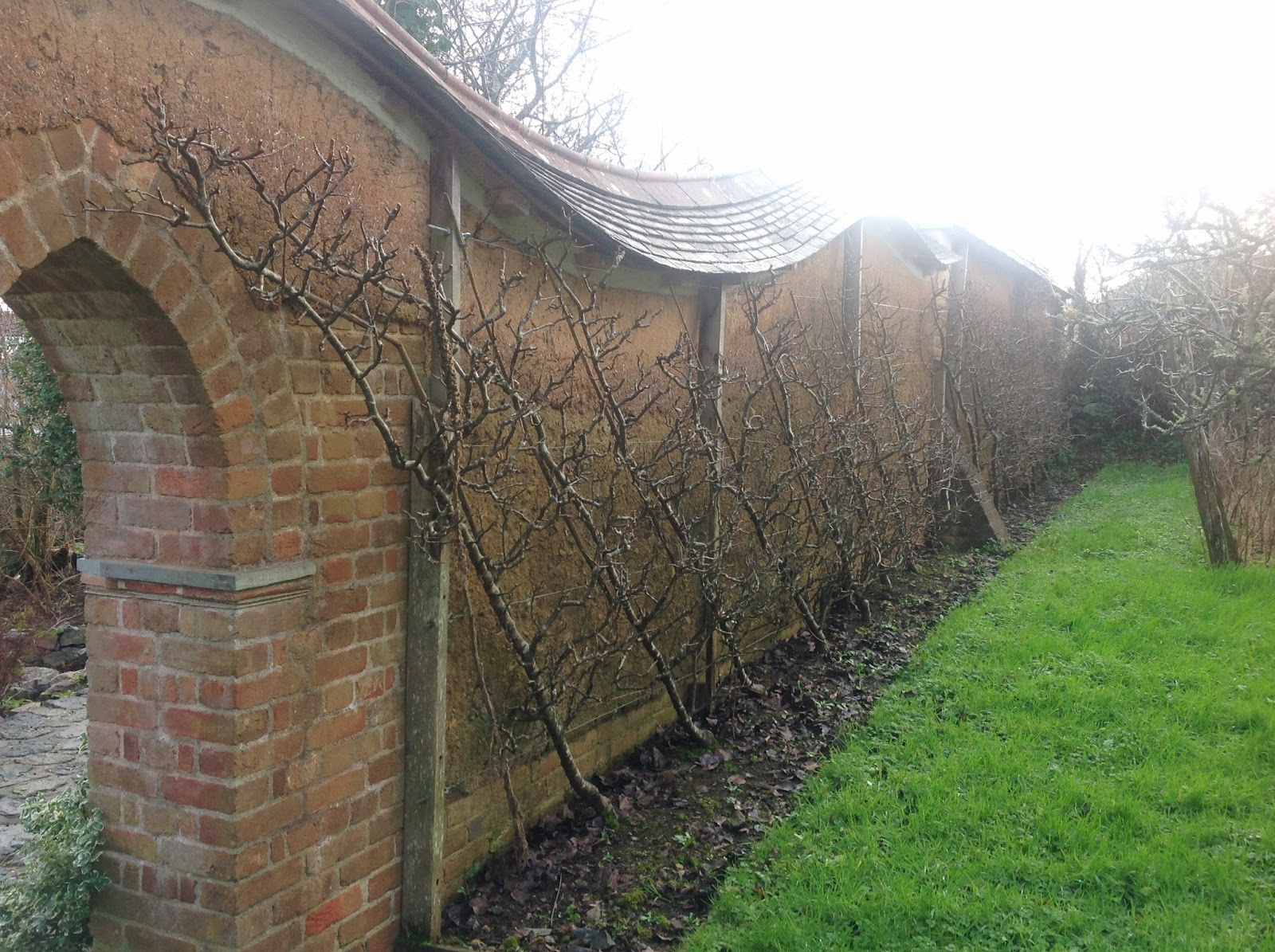Mission Statement
'Seymour Green is a nom de plume for reporting on
local sustainable building practices that aims to help connect, interest and
educate people towards a more sustainable future'
The plan
is to utilise information technology, such as a smartphone application, which
will have multimedia access to photos, videos, reviews and blogging to report
on local sustainable building practices.
This is currently in development.
In more depth:
'A paper free way to utilise information technology
to connect the local sustainable building community with each other and anyone
interested in, or undertaking green build projects. This involves layperson documented and
pictographic review of visits to people and projects who have made the decision
to endeavour to live or work in a environmentally friendly way with a low
carbon footprint.
It provides a platform for the reporting of an
interested novice's journey into sustainable building. From this, similarly interested followers can
progress and learn as the reporter does.
This information can evolve and be updated as necessary. It will also act as an information resource
to promote interest in sustainable building projects locally. It aims to help match ecologically conscious
people embarking on green build projects to the style of build and craftsmen
they want. It does this by providing a
snapshot view of their current and past projects, ideals and motivations. Contact details, relevant links to associated
or mentioned pages, along with location and website addresses are also
identifiable.'
Ethos
It will
provide further opportunity for local skilled craftsman who practice in a
sustainable way to reveal to a layperson what it is they do. This can help
others who want to know what options there are locally and work towards a
greener built future. This is to help
people gain a general understanding, and provide a resource to be able to
select the most appropriate style of expertise for their project ideas to
achieve their goals in an environmentally sustainable way. The reporting is voluntary and done on a
charitable basis.
Education
The
anticipated audience will already have an interest in sustainable building,
with varying amounts of knowledge and experience. The viewpoint here is looking at and learning
about this from an interested novice's perspective - so as the writer learns
and progresses, so too do the followers.
Origins
Its
inception and concept emerged from Paul Bright from Cornwall Sustainable
Building Trust. To enable a layperson
account of current local practices in the sustainable building world, by
drawing on his contacts and knowledge in this area.
Information
Any
proceeds will be put back into project.
Before information is put out to general circulation it will be fed back
to the organisation or individual to be reviewed and amended as needed, and
subsequently ratified by the Cornwall Sustainable Building Trust.
I look
forward to any ideas, suggestions or feedback, and hope that this project can
evolve.





.JPG)












